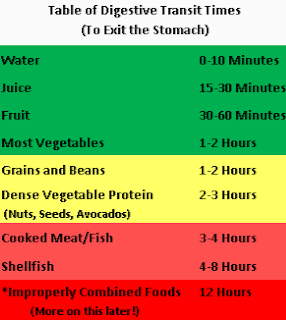SINGER'S KNOWLEDGE
SINGERS MUST KNOW!
It should not come as a surprise to you that most successful “professional” singers (especially in Africa), who are gifted and famous, have no idea of their instrument (their voice); its parts, names, intricacies and uses are all foreign to them. This makes it very difficult for them to really explain the art of singing to their mentees and/or protégés, and this is how half-baked singers are born.
I decided that before I start dishing out tips, lectures and exercises this year, that I would list a few parts of the singing apparatus and their uses. I would not go all “BIO 101” on you but the most used parts will be listed and simply explained in this post.
BASIC PARTS OF YOUR INSTRUMENT
Source of energy: The compressed breath from the lungs and sent through the trachea and larynx.
Source of tonal vibration: As the breath passes through the larynx, it sets up a vibration in the vocal folds.
Source of resonance: The tone then resounds within the cavities of the head above the larynx, known as the resonators.
LIST OF ORGANS
TONGUE: This is a complex mass of muscles attached to the jaw and extends down to the hyroid bone from which the larynx hangs.
ALVEOLAR RIDGE: This is the area just above the back of your upper front teeth.
HARD PALATE: The front portion of the roof of the mouth.
SOFT PALATE: The back portion of the roof of the mouth. Some others call it velum.
PHARNYX: It is a space inside the throat above the vocal folds in the larynx, and it extends up to the area directly behind the nose.
UVULA: The small extension of muscles that hangs from the middle of the soft palate in the back of the mouth. It functions as a gag inducer (reflex) in case anything that is too large to swallow makes its way towards the esophagus.
SINUSES: These are small hallow cavities behind the front of the face that act as resonators, opening into the pharynx.
DIAPHRAGM: A sheet of muscles that acts as the floor of the rib cage. It is attached to the lowest ribs and its purpose is to pull air into the lungs.
LUNGS: This is organ has sponge like sacs found inside the rib cage that fill with air and are the principal organs of respiration.
RIBS: These are 12 (twelve) of curved bones that protect your integral organs, forming a cage.
NOTE
ARTICULATORS: The parts of the instrument that helps you pronounce words- the tongue, lips, teeth and jaw.
RESONATORS: The part of the instrument where tonal vibration resounds. These include the pharynx, sinuses, larynx, mouth and trachea. The internal shape and size of each person’s resonators creates each ones unique vocal tone.
It should not come as a surprise to you that most successful “professional” singers (especially in Africa), who are gifted and famous, have no idea of their instrument (their voice); its parts, names, intricacies and uses are all foreign to them. This makes it very difficult for them to really explain the art of singing to their mentees and/or protégés, and this is how half-baked singers are born.
I decided that before I start dishing out tips, lectures and exercises this year, that I would list a few parts of the singing apparatus and their uses. I would not go all “BIO 101” on you but the most used parts will be listed and simply explained in this post.
BASIC PARTS OF YOUR INSTRUMENT
Source of energy: The compressed breath from the lungs and sent through the trachea and larynx.
Source of tonal vibration: As the breath passes through the larynx, it sets up a vibration in the vocal folds.
Source of resonance: The tone then resounds within the cavities of the head above the larynx, known as the resonators.
LIST OF ORGANS
TONGUE: This is a complex mass of muscles attached to the jaw and extends down to the hyroid bone from which the larynx hangs.
ALVEOLAR RIDGE: This is the area just above the back of your upper front teeth.
HARD PALATE: The front portion of the roof of the mouth.
SOFT PALATE: The back portion of the roof of the mouth. Some others call it velum.
PHARNYX: It is a space inside the throat above the vocal folds in the larynx, and it extends up to the area directly behind the nose.
UVULA: The small extension of muscles that hangs from the middle of the soft palate in the back of the mouth. It functions as a gag inducer (reflex) in case anything that is too large to swallow makes its way towards the esophagus.
SINUSES: These are small hallow cavities behind the front of the face that act as resonators, opening into the pharynx.
DIAPHRAGM: A sheet of muscles that acts as the floor of the rib cage. It is attached to the lowest ribs and its purpose is to pull air into the lungs.
LUNGS: This is organ has sponge like sacs found inside the rib cage that fill with air and are the principal organs of respiration.
RIBS: These are 12 (twelve) of curved bones that protect your integral organs, forming a cage.
NOTE
ARTICULATORS: The parts of the instrument that helps you pronounce words- the tongue, lips, teeth and jaw.
RESONATORS: The part of the instrument where tonal vibration resounds. These include the pharynx, sinuses, larynx, mouth and trachea. The internal shape and size of each person’s resonators creates each ones unique vocal tone.



Comments
Post a Comment